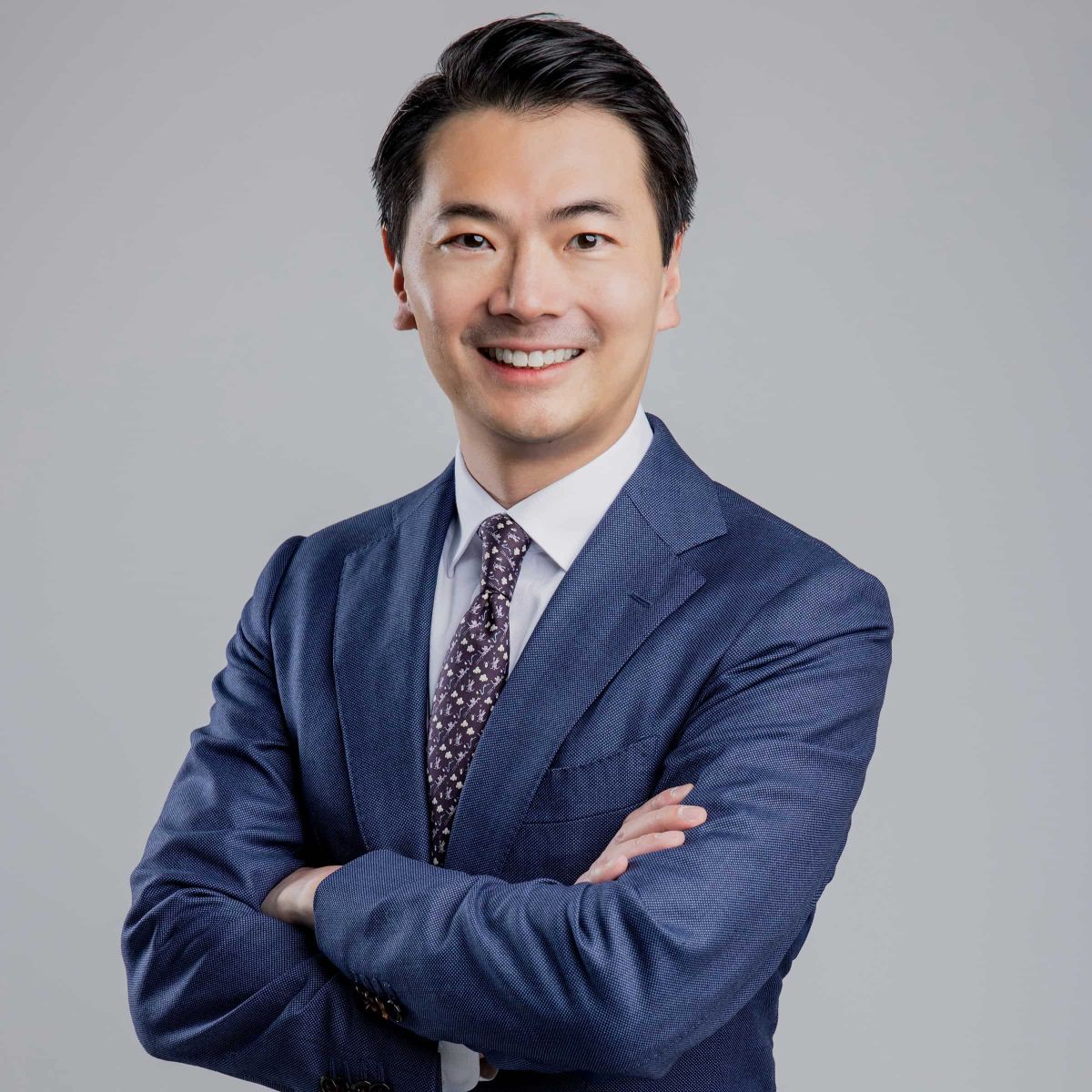Strategy
Taiwan’s “Wealth 2.0” Strategy Five Years On

Five years ago, the Asian jurisdiction launched a programme to encourage its wealth management industry. This article explores what's happened and what the future holds.
The Asian country’s “Wealth 2.0” programme was unveiled just over five years ago, with a view to encouraging local and international HNW people to manage their wealth onshore. It shows how competitive the Asian wealth sector has become. WealthBriefingAsia talked to Andrew Tan (pictured below), Asia-Pacific chief executive for investment firm Muzinich & Co, about the programme, his own firm’s positioning, and what the future may hold.

Andrew Tan
WBA: Can you tell me what “Wealth 2.0” in Taiwan
is. Who and what is this aimed at?
Tan: The Financial Supervisory Commission (FSC) launched the
Regulations Governing Banks Conducting Financial Products and
Services for High-Asset Customers, better known as Wealth
Management 2.0, in August 2020. The initiative is designed to
encourage more domestic and international high net worth
individuals to manage their wealth onshore in Taiwan.
Wealth Management 2.0 targets bank clients with assets exceeding NT$100 million (around $3.3 million). It allows banks to offer a wide range of financial products and wealth management services to meet demand for more innovative investment opportunities and sophisticated financial planning. So far, 21 banks have been approved to participate, collectively serving more than 14,000 high-asset clients, with total assets under management reaching NT$1.5 trillion.
The FSC has continued to refine the framework. In December 2023, the regulations were amended to expand eligibility for investment products and broaden talent recruitment.
Additionally, this year, Taiwan unveiled a trial asset management zone in the city of Kaohsiung with further pilot measures to support and promote onshore private banks and wealth management. It’s an exciting and evolving space.
WBA: How significant for Taiwan’s financial
services industry is the W2 project?
Tan: We view Wealth Management 2.0 as a transformative
initiative. It deepens and diversifies Taiwan’s financial
services industry while helping to position the country more
competitively in the global wealth management arena.
The scheme has been a catalyst for innovation, attracting capital inflows, encouraging international asset managers to enter the market, and strengthening the sophistication and resilience of Taiwan’s financial system.
WBA: When was the W2 programme
launched?
Tan: The programme was introduced in August 2020. Five years on,
21 banks, both domestic and foreign, have been approved to
conduct Wealth Management 2.0 business.
WBA: How is Taiwan positioning itself, would you say,
versus other jurisdictions in wealth management? Is it going for
a domestic audience?
Tan: Taiwan represents a significant domestic wealth
market. According to the UBS Global Wealth Report 2025, Taiwan
has nearly 760,000 US dollar millionaires, ranking 15th globally,
slightly ahead of Hong Kong, with 647,000 such millionaires, and
more than double the number in Singapore.
While Taiwan has strong wealth management potential, the main challenges are retaining domestic wealth, attracting overseas capital, building innovative and comprehensive services, and strengthening talent development. The government has set a target of doubling assets under management in Taiwan. That would take assets under management from about NT$30 trillion now to NT$60 trillion by 2030.
WBA: In your experience, do people in Taiwan
with significant wealth, such as HNW individuals, have a
particular approach to investment, risks and goals for their
money, etc? In what ways would those characteristics be important
for wealth managers?
Tan: In our view, many high net worth individuals and
family offices in Taiwan are increasingly focused not only on
returns but also on risk management. With greater access to
information and more experience in wealth management, clients are
increasingly focused on diversification and showing rising
interest in alternative asset classes beyond equities and bonds.
The Baby Boomer generation, those born between 1946 and 1964, stands out. Having witnessed Taiwan’s economic rise and accumulated significant wealth, they are now entering retirement. Their key priorities are clear: securing stable income streams to support their retirement lifestyle while preserving wealth for the next generation.
This has fuelled strong demand for private credit strategies, which provide both income stability and risk diversification, making them an increasingly important part of retirement planning and asset allocation. For wealth managers, delivering reliable solutions in this space has become central to meeting client needs.
WBA: How is your firm taking advantage of what
Taiwan is doing? Can you give examples?
Tan: Earlier this year, we entered a partnership with a local
Taiwanese bank to onboard our first private credit fund in
Taiwan. We expect to launch two more funds by year end. To
further show our commitment, we have added a highly experienced
wholesale specialist in our distribution team to support the
Taiwanese wealth management market and contribute to the
development of the local industry.